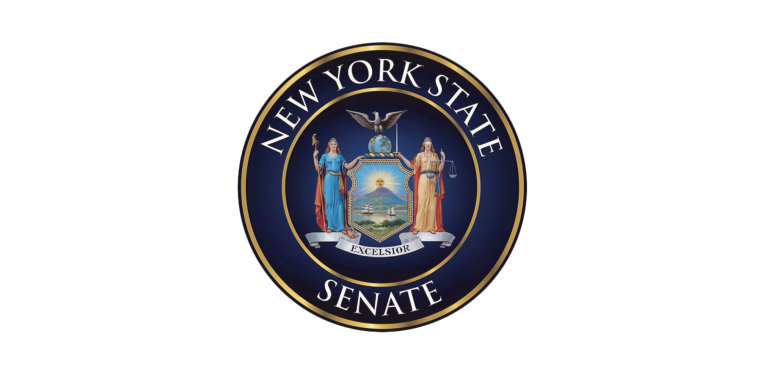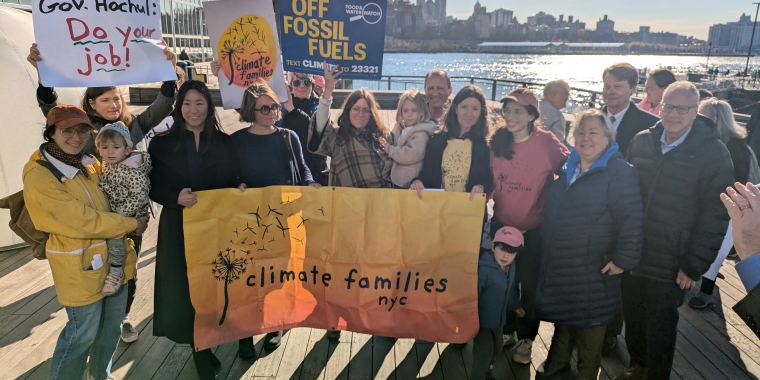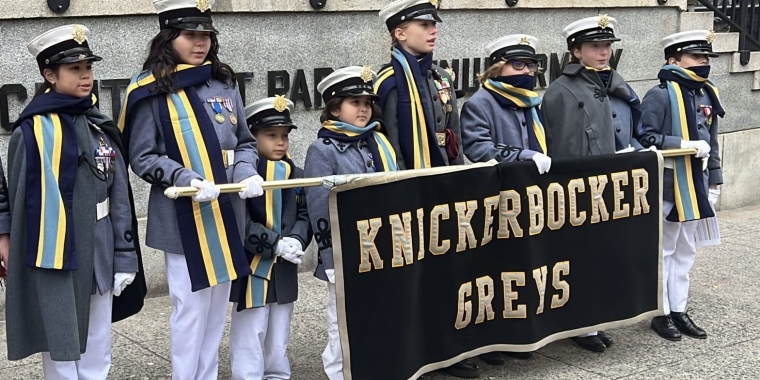
Testimony Before the Landmarks Preservation Commission Regarding Special Permit Applications to Transfer Development Rights From the University Club and St. Thomas Church to the Proposed Tower Verre on April 8, 2008
Liz Krueger
July 15, 2010
Good afternoon. My name is Liz Krueger and I represent the 26th State Senate District, which includes the Midtown, East Midtown, and Upper East Side neighborhoods of Manhattan.
Thank you Chairman Tierney, and members of the Landmarks Preservation Commission, for the opportunity to present testimony on the applications for Special Permits to transfer development rights from two landmarked properties, 1 West 54th Street ("the University Club") and 678 Fifth Avenue ("St Thomas Church"), to the development site of the building proposed by the Museum of Modern Art ("MoMA") and Hines Interests at 53 West 53rd Street ("Tower Verre").
On March 13, 2008, Community Board 5 overwhelmingly passed a resolution urging both the Landmarks Preservation Commission and the Department of City Planning to deny the transfer of 275,000 square feet of development rights from St. Thomas Church, under section 74-711 of the zoning resolution, as well as the 136,000 square feet of development rights from the University Club, under section 74-79 of the zoning resolution, to the proposed Tower Verre.
I support Community Board 5's resolution, and strongly urge the Landmarks Preservation Commission to deny the applications for Special Permits. The proposed preservation plans and new development fail to meet all of the findings required under the relevant sections of the Zoning Resolution. Furthermore, if the applications are approved, the public would carry a greater burden than the proposed preservation plans would benefit the named landmarks and surrounding community. Hence, the "calculus" of these transactions would be weighted against the interests of the community.
Tower Verre, which has been described as a 75-story asymmetrical, twisting, glass, needle rising 1,155 feet in the air designed by architect Jean Nouvel, is to be situated mid-block in an already densely populated area. The proposed building would be the third-tallest building in New York City– taller than the Chrysler Building's 1,047 feet, just shorter than the Bank of America tower's 1,200 feet (now nearing completion), and just under the Empire State Building's 1,250 feet. It would be grossly out of scale with the other buildings in the area, including several individual landmarks on West 54 Street, and would overwhelm the area's infrastructure and services.
I appreciate the desire of MoMA and Hines Interests to proceed with their plans for the development site. However, it is my belief that neither of the preservation plans for the landmarked properties, as described in the applications, would alleviate the public burden of the proposed development. In the end, these restorations would do little to compensate the community or New York City for the strain on infrastructure, traffic flow, public safety, or restriction of light and air that a 75-story mid-block building would impose. Tower Verne would not relate harmoniously with the neighborhood, as required by the zoning regulations. Furthermore, the materials, design, scale and location of bulk in the proposed building would not relate to the adjacent landmark buildings.
In the case of the transfer of the University Club's 136,000 square feet of development rights, Section 74-79 of the Zoning Resolution specifically states that "any disadvantages to the surrounding area caused by reduced access of light and air will be more than offset by the advantages of the landmark's preservation to the local community and the City as a whole." This is noteworthy since the University Club's preservation plan in particular is lacking in both depth and clarification.
A 74-711 Special Permit should be limited to uses that will allow for a significant preservation purpose. Whether an application seeks a shift of bulk or a change of use, the applicant must show its relation to the historic preservation of the site. In the case of the transfer of 275,000 square feet of development rights from St. Thomas Church under Section 74-711 of the Zoning Resolution, the primary focus of the preservation plan is the repair of the stained glass windows; a project already begun with a cost apparently incidental to the proposed transfer of its development rights. Additionally, the project boasts its own blog dating back to 2007 with many periodic restoration updates already published. According to its preservation plan, once the windows are reinstalled, St. Thomas Church needs only to tend to some masonry repair, minor drain repairs, and replacement of windows at various locations.
I understand that the Landmarks Preservation Commission is the first threshold for 74-711 and 74-79 applications, and that some of the issues discussed in my testimony may be more appropriately addressed by the Department of City Planning. However, the Landmarks Commission naturally should not consider the preservation purposes of applications without considering the larger implications for the community.
Finally, most are by now aware that Jean Nouvel has been awarded the 2008 Prtizker Architecture Prize. The prize's medallion is emblazoned with the words "The end is to build well. Well-building hath three conditions: commodity, firmness and delight." These conditions, however, should not be confused with the findings required for the applications at issue in this hearing: harmony, light, air and most importantly the carefully laid out test of public benefit versus public burden.
Thank you for your consideration of my views.
Share this Article or Press Release
Newsroom
Go to Newsroom
Senator Krueger's December 2024 Update
December 26, 2024

Governor Signs Climate Change Superfund Act
December 26, 2024

